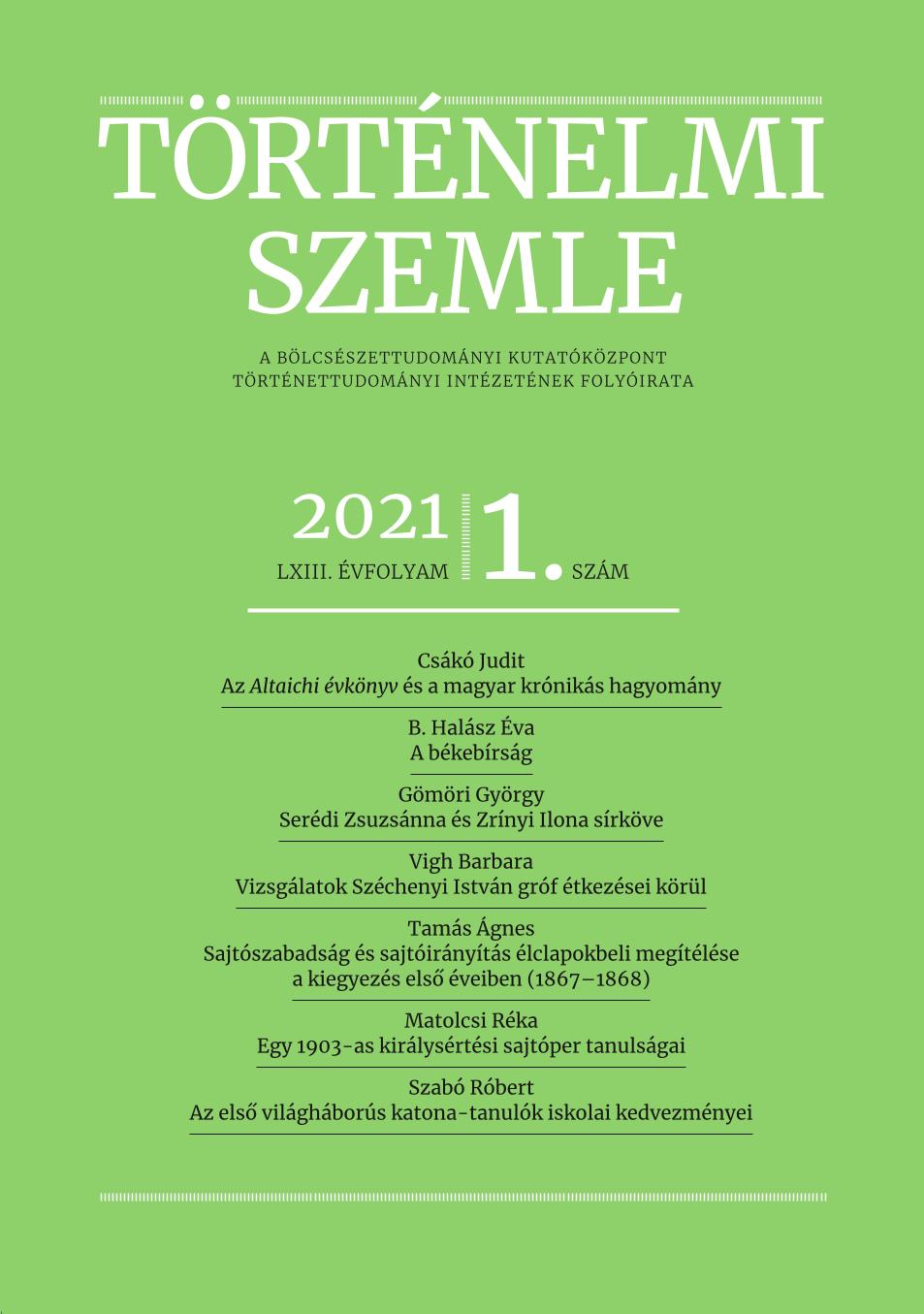A békebírság
The Fine of Peace
Author(s): Éva B. HalászSubject(s): 13th to 14th Centuries
Published by: Magyar Tudományos Akadémia Bölcsészettudományi Kutatóközpont Történettudományi Intézet
Keywords: medieval legal history; fine of peace; iudicium pacis; legal agreement
Summary/Abstract: The fine of peace (iudicium pacis) was paid by the parties in a lawsuit to their ordinary judge in case they petitioned for and received permission, before judgement was pronounced, to make an agreement by arbitration or otherwise. The term itself emerged in the sources in the course of the fourteenth century, but the fine had certainly had to be paid to the judge already in the late thirteenth century if the case ended with an agreement instead of a judgement. From 1435 the judges were disallowed to exact it in acts of might (actus potentiarii), and the ban was extended from the end of the fifteenth century to all suits that ended with agreement prior to judgement. The fine of peace was generally shared by the parties: they either paid equally, or the defendant took on itself the payment of the bigger part. While few sources give precise sums, on the basis of the surviving evidence the amount of the fine was in the range between 3 and 5 florins. Higher sums only occur before the law of 1351.
Journal: Történelmi Szemle
- Issue Year: 2021
- Issue No: 1
- Page Range: 25-41
- Page Count: 17
- Language: Hungarian

